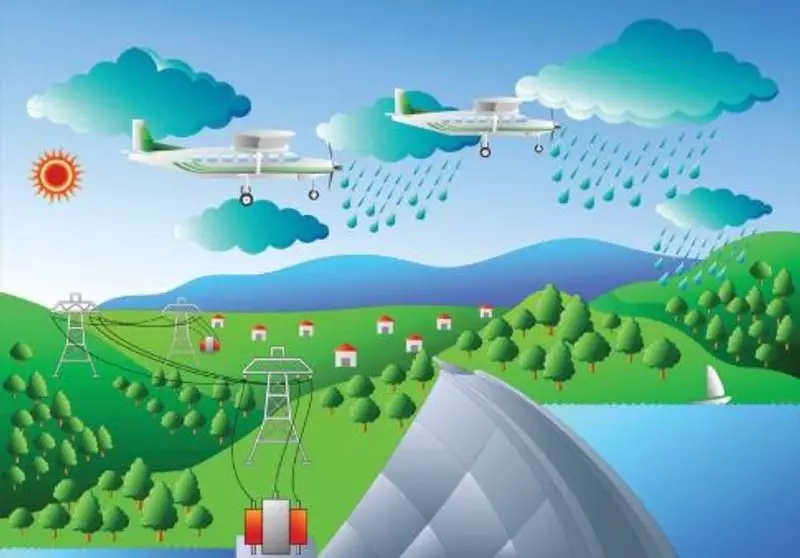
As India grapples with increasingly erratic weather patterns and severe water scarcity, the controversial science of weather control is emerging as both a potential savior and a significant threat. The technology that promises to bring rain to parched lands could also unleash unintended environmental consequences.
The Promise of Artificial Rains
Across drought-stricken regions of India, cloud seeding has become the go-to solution for governments desperate to fill reservoirs and support agriculture. By injecting silver iodide or other substances into clouds, scientists can potentially squeeze out precious rainfall when nature refuses to cooperate.
The technology offers compelling benefits:
- Emergency water supply during critical drought periods
- Support for agricultural communities facing crop failure
- Temperature regulation in urban heat islands
- Hail suppression to protect valuable crops
The Hidden Dangers of Playing God with Weather
However, experts warn that manipulating atmospheric conditions comes with substantial risks that we're only beginning to understand. "When we alter rainfall patterns in one region, we might be stealing rain from another," explains Dr. Priya Sharma, climate scientist at the Indian Institute of Tropical Meteorology.
The concerning drawbacks include:
- Ecological imbalance - Changing natural precipitation patterns
- Legal conflicts - Who owns the clouds and the rain they produce?
- Unpredictable side effects - Potential for flooding or extended droughts
- International tensions - Weather changes don't respect national borders
India's Weather Modification Landscape
Several Indian states have already invested heavily in cloud seeding programs. Karnataka's ambitious project during the 2019 drought and Tamil Nadu's recent experiments demonstrate the growing acceptance of this technology. The Indian Meteorological Department has established guidelines, but comprehensive regulation remains elusive.
The Future of Weather Control in India
As climate change intensifies, the pressure to deploy weather modification technologies will only grow. The challenge lies in developing robust scientific understanding and ethical frameworks before these technologies become widespread.
The path forward requires:
- Comprehensive research on long-term environmental impacts
- International cooperation and regulation
- Transparent public discussion about risks and benefits
- Investment in alternative water conservation methods
The power to control weather represents one of humanity's most ambitious frontiers. For India, balancing this power with wisdom will determine whether weather modification becomes a sustainable solution or creates bigger problems than it solves.





